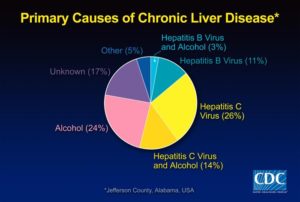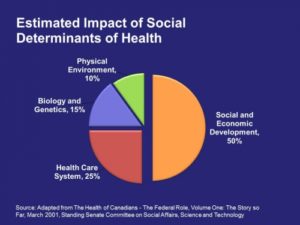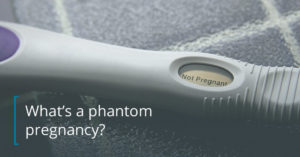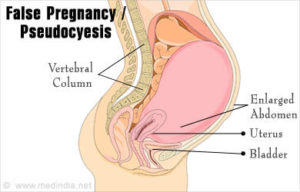
WHY DONATE:
Organ, eye and tissue donation provides lifesaving and healing opportunities to the nearly 120,000 people waiting for transplants nationwide. Over 2,500 of those people waiting for a lifesaving transplant live right here in our community! Organ, eye and tissue donation allows others to breathe, to see, to move and to live. Donation is a way to give the ultimate gift – the gift of life.
ORGAN DONATION PROCESS:
When the National Organ Transplant Act (NOTA) was signed into law in 1984, it created the national Organ Procurement and Transplantation Network (OPTN) establishing an organ donation process for matching donor organs to waiting recipients. The OPTN standardized the process for donating organs across the country and created the system of federally-designated Organ Procurement Organizations (OPOs), like Donor Alliance.
The OPTN is managed under contract by the United Network for Organ Sharing (UNOS). UNOS establishes allocation policy and manages the national transplant waiting list, matching donors to recipients 24 hours a day, 365 days a year. UNOS also maintains the database that contains all organ transplant data for every transplant that occurs in the U.S.
DIANOSIS:
There are numerous laws, regulations and standards that govern how and when a medical professional can make an official declaration of death. What is most important to know is that hospitals and emergency medical professionals will make every effort to save a patient’s life regardless of their status as a donor.
Death can occur in one of two ways: cardiac death, when the heart is no longer able to beat on its own, and brain death, which is the irreversible loss of function of the brain, including the brain stem.
Organ donation after Brain Death:
According to the Uniform Determination of Death Act, brain death is defined as the irreversible cessation of all functions of the entire brain, including the brain stem. A brain-dead person is dead, although his or her cardiopulmonary functioning may be artificially maintained for some time.
Because of the neurological nature of brain death, a controlled and extensive clinical exam occurs to make that final declaration. Brain death is final and finite; it is not in the same thing as a coma or persistent vegetative state.
Brain death determination is rare and occurs only in about 1 out of every 100 hospital deaths.
Organ Donation after Circulatory Death:
Organ donation after circulatory death (DCD) is the type of donation that was used in the early years of organ donation. Before brain death criteria was established, DCD and living related donation were the only options.
This type of donation occurs when a patient has an illness from which he or she cannot recover. The patient is not brain dead, but has no hope of recovery.
If the family is interested in donation and has made the decision to withdraw treatment, that process will occur in the operating room instead of the hospital room. The time from the family authorizing the process to the removal of support is typically no fewer than eight hours, due to the need for blood tests and other arrangements.
Once in the OR, if the patient’s heart stops within the designated time frame for donation, the team waits for several minutes to ensure that the heart has ceased functioning. At this time, a physician from the hospital, not the organ recovery team, will pronounce the patient dead. Then, the surgery to procure the organs for donation begins.
While DCD increases the number of organs available for transplant, this type of donation does not allow for organs other than the liver and kidneys to be procured in most cases. It is rare for the heart and lungs to be recovered.
How to match a donor to the best candidate who needs a organ:
The system uses this information to match the medical characteristics of the candidates waiting against those of the donor. The system then generates a ranked list of patients who are suitable to receive each organ. This list is called a “match run.”
Factors affecting ranking may include:
- Tissue match
- Blood type
- Length of time on the waiting list
- Immune status
- Distance between the potential recipient and the donor
- Degree of medical urgency (for heart, liver, lung and intestines)
The organ is offered to the transplant center for the first person on the list. At times, the top transplant candidate will not get the organ for one of several reasons. When a patient is
selected, he or she must be available, healthy enough to undergo major surgery and willing to be transplanted immediately. Also, a laboratory test to measure compatibility between the donor and potential recipient may be necessary. If the organ is refused for any reason, the transplant center of the next patient on the list is contacted. The process continues until a match is made. Once a patient is selected and informed and all testing is complete, surgery is scheduled and the transplant takes place.











